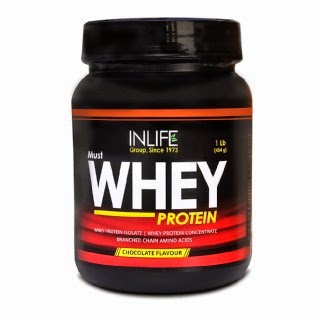SOY PROTEIN
Soy protein has been used from past two decades as
ingredients for its functional properties in a variety of foods such as salad
dressings, soups, vegetarian foods and meat imitations. Its functional
properties are emulsification and texturizing. Recently the popularity of soy
protein is increasing, mainly because of its health benefits. It has been
proven that soy protein can help to prevent heart problems and many countries
allow health claims for food, which are rich in soy protein.
Soy
contains protein, isoflavones, and fiber, all thought to provide health
benefits. Soy is an excellent source of dietary protein, including all
essential amino acids. Soy is also a source of lecithin or phospholipid. Soy
isoflavones and lecithin have been studied scientifically for numerous health
conditions. Isoflavones such as genistein are believed to have estrogen-like effects
in the body, and as a result are sometimes called "phytoestrogens."
Common
sources of soy isoflavones include roasted soybean, green soybean, soy flour, soy butter, soy nut butter, soy
ice cream, soy milk, soy yogurt,
soy noodles etc. Soy
protein has also been investigated for benefit in terms of heart disease risk
factors, reducing menopausal symptoms, weight loss, arthritis, brain function,
and exercise performance. Dietary soy may decrease the risk of breast cancer in
women and prostate cancer in men, as well as other types of cancers. In
general, the supportive evidence for use of phytoestrogens as treatments for
menopause, heart disease, bone disease, weight loss, and cancer is limited. The
use of soy formula has been investigated in the treatment of diarrhea in
infants and is an effective and safe alternative to cow's milk formula in most
infants.
Categories
of soy proteins
Soy proteins can be divided into different categories according to their production method:
- Soy protein isolate is the most refined form of soy protein and is mainly used in meat products to improve texture and eating quality. Soy protein isolate contains about 90 percent protein.
- Soy protein concentrate is basically soybean without the water soluble carbohydrates. It contains about 70 percent of protein.
- Textured soy protein, often called TSP, is made from soy protein concentrate by giving it some texture. TSP is available as dry flakes or chunks. It will keep its structure when hydrated. Hydrated textured soy protein chunks have a texture similar to ground beef. It can be used as a meat replacement or can be added to meat. Textured soy protein contains about 70 percent protein.



































